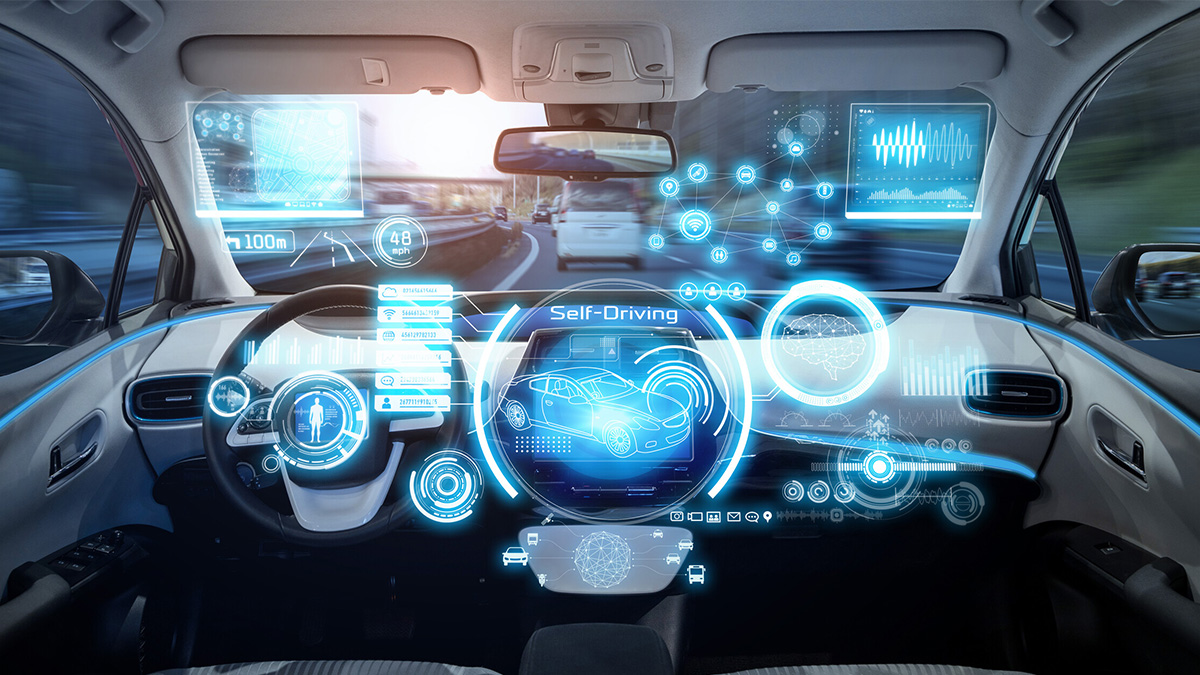- Showing results for
- Sensing Technology
By embedding dynamic force sensors in the machine and matching them with analysis software, it provides an intelligent solution for the machine. Expand the scope of application, increase production capacity and reduce waste in the customer's manufacturing process, thereby reducing energy consumption and moving towards energy saving and waste reduction.
2023-06-07 11:35:25
The development of smart sensors can be a high degree of integration of mechanical, electrical, software/firmware, circuit, and sensor knowledge.
2023-06-07 11:26:02
By embedding dynamic force sensors in the machine and matching them with analysis software, it provides an intelligent solution for the machine. Expand the scope of application, increase production capacity and reduce waste in the customer's manufacturing process, thereby reducing energy consumption and moving towards energy saving and waste reduction.
2022-12-15 11:54:08
RFID and NFC are both short-range wireless communication technologies. Since the former uses a variety of frequency bands, and the latter is developed for use in the mobile market, the development and application fields of the two are also different. RFID mainly focuses on radio frequency identification, which can be applied to the identification of items. Now RFID has been widely used in all walks of life; NFC mainly focuses on near-field communication and is used with mobile devices to achieve the application of mobile payment. In this article, we will talk more about the technologies and applications of RFID and NFC.
2022-07-06 14:19:52
A light sensor is a sensor that converts light signals into electrical signals using photosensitive elements. The light sensor is usually composed of both a light projector and light receiver. Light sensors are generally composed of three elements: a light source, an optical path and optoelectronic components. The measured optical changes are converted into changes in electronic signals with the help of photoelectric components. With the growth and development of Internet of Things technology, the application of light sensors is entering all aspects of daily life.
2022-06-16 16:51:29
The development of new technologies has brought the whole world into the era of the Internet of Things. This new era has more advancements in the area of intelligent design than the information age, and smart sensors have played an indispensable role in its development.
2022-06-08 17:30:59
With the rapid development of emerging industries such as the Internet of Things and mobile Internet, smart sensors are becoming more popular. Smart sensors are composed of sensing elements and signal conditioning circuit controllers that have data acquisition, conversion, analysis, and even decision-making functions. Intelligence can improve the accuracy of the sensor, reduce power consumption and volume, and achieve easier networking, thereby expanding the application range of the sensor and making its development more rapid and effective.
2022-06-08 16:12:44
The world is poised to change forever with the implementation of fifth-generation connectivity for data networks across the world. 5G has been promised to be the savior to any connectivity problems we've had in the past and it's also been highlighted as a path towards a fully wireless future.
2020-11-03 15:48:03
Interest in learning machine learning has skyrocketed in the years since Harvard Business Review article named ‘Data Scientist’ the ‘Sexiest job of the 21st century’. But if you’re just starting out in machine learning, it can be a bit difficult to break into.
2020-08-05 13:26:06
Smart machinery manufacturers must accelerate innovation, gain the policy resources of the production and innovation platform, develop the domestic industrial acceleration scale group, and the intelligent diagnosis maintenance system (IDMS), which has been successfully introduced into the innovative application of high-tech industries.
2020-07-07 11:27:36
Agree










